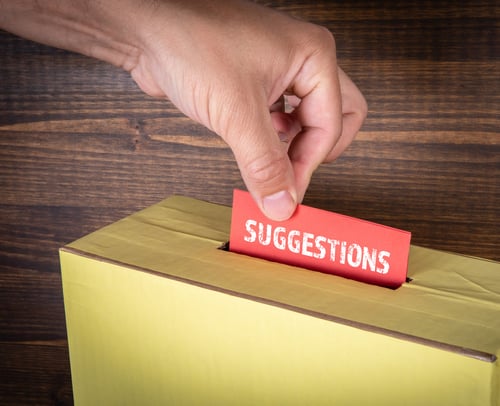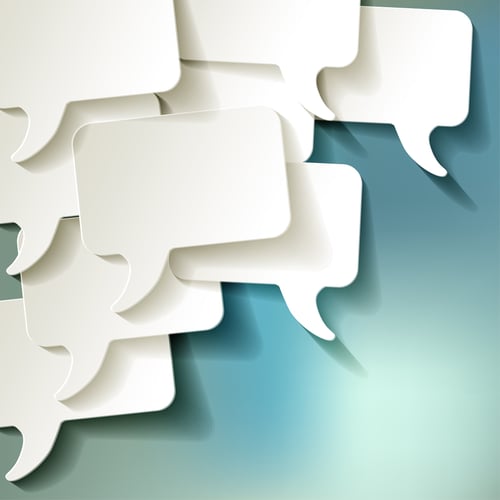While we might finally be clawing our way out of “The Great Resignation,” increasing morale and improving retention is still as important as ever.
Global employee loyalty took a major hit post-pandemic, with 60% of employees feeling emotionally detached at work and 53% considering leaving their current company.
Having an effective employee loyalty program is a way to tackle the loyalty crisis. This blog explores what makes a successful program and shares three steps to create one.
 What is an employee loyalty program?
What is an employee loyalty program?
Employee loyalty programs are solutions that aim to strengthen employees’ commitment to the company. They offer benefits and incentives that motivate employees and are designed to reduce turnover and increase engagement.
Studies show that employee loyalty significantly improves organizational performance by increasing productivity, engagement and retention, and companies with a formal recognition program in place have 31% lower turnover than those without.
The best employee loyalty programs offer a balance of both financial and non-financial elements, as up to 55% of engagement is driven by non-financial recognition.
How to create a successful employee loyalty program
Developing and launching an awesome employee loyalty program takes a lot of thought, research and planning.
Here are three steps to set you on your way:
1. Listen
 It can be tempting to jump straight to the delivery stage, but it’s vital to take time to find out what your employees want and need before adopting anything. Building this understanding will ensure you include the right things in the program.
It can be tempting to jump straight to the delivery stage, but it’s vital to take time to find out what your employees want and need before adopting anything. Building this understanding will ensure you include the right things in the program.
There are lots of different ways to gather feedback from employees:
- Review results from the most recent employee engagement surveys to track changes and identify opportunity areas.
- Highlight any trends or themes from exit interview data to understand the reasons people are leaving.
- Invite your employee engagement committee to share suggestions about what they think would have a positive impact on employee loyalty.
- Organize focus groups to directly ask employees what things are most meaningful to them.
2. Tailor
Now the fun can begin!
 A great example of this comes from the HR team at Schneider Electric, who refreshed their U.S. loyalty program after asking employees what mattered most, post-pandemic. The new benefits included a heavily subsidized pet-sitting solution and a sabbatical program. A great example of this comes from the HR team at Schneider Electric, who refreshed their U.S. loyalty program after asking employees what mattered most, post-pandemic. The new benefits included a heavily subsidized pet-sitting solution and a sabbatical program. |
Building a successful employee loyalty program is not about quick financial fixes that lack lasting impact. Instead, the program should be relevant to the feedback received and in alignment with the organization’s objectives and values. Depending on the feedback, the financial elements of your loyalty program could include performance-based bonus schemes, a recognition platform with monetary rewards or a discounts program that delivers financial support to help stretch disposable income.
Non-financial rewards included in the program could include additional annual leave, thank you cards, development opportunities – such as role shadowing and specialized training – or enrollment in formal development programs.
3. Communicate
 The process of creating an employee loyalty program can’t end on launch day if you want to make a real difference to retention and morale. We’ve all heard horror stories of companies spending thousands on bespoke programs that employees know nothing about.
The process of creating an employee loyalty program can’t end on launch day if you want to make a real difference to retention and morale. We’ve all heard horror stories of companies spending thousands on bespoke programs that employees know nothing about.
An effective communication strategy is key to ensuring employees take advantage of the program.
Gaining leadership buy-in is an important milestone, as team leaders are often the gatekeepers for the messaging that reaches their teams. Hosting manager workshops and drop-in sessions can be a great way to give them a preview of the employee loyalty program and turn them into advocates!
The program should be communicated consistently across all internal channels, including the intranet, employee app, careers portal and onboarding information. Your employee engagement committee can also be a great support in getting the word out and directing employees to the program information.
To learn how our suite of employee engagement solutions can improve morale, bolster loyalty and make your corner of the world a better place to work, schedule a call with one of our friendly experts.



